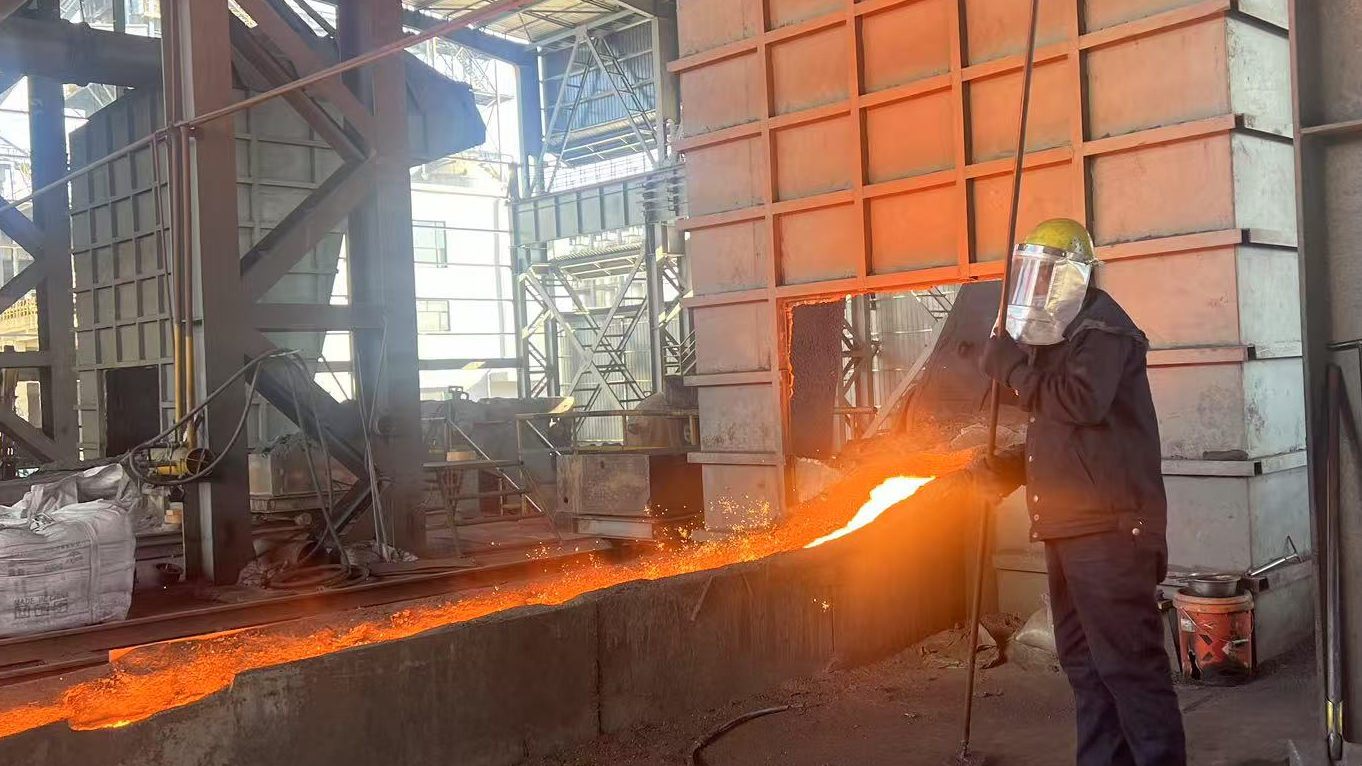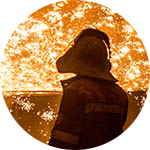Application of Gating and Riser Systems in Casting
2025-06-20 17:12:40 hits:0
In the casting process, gating and riser systems are core components ensuring the quality of castings. Research by Northwestern Polytechnical University on the "Yachang" ox-shaped zun vessel unearthed in Yin Ruins, Anyang, indicates that scientific gating and riser design can significantly reduce casting defects. The following analysis delves into their technical applications from a professional perspective.

I. Core Functions and Technical Principles
(A) Gating System
Mold Filling Control: Reasonable design guides the molten metal to fill the mold cavity smoothly at a flow rate of 0.5-1.5 m/s, avoiding turbulence-induced gas porosity and inclusions (based on aluminum alloy die-casting simulation data).
Temperature Regulation: Optimizing the gating structure achieves directional solidification, cooling from thin walls to thick sections to reduce stress concentration.
Impurity Filtration: Structures such as pouring cups and filters remove over 60% of inclusions (based on casting experiment data).
(B) Riser System
Shrinkage Compensation: Supplies molten metal for solidification shrinkage, reducing shrinkage cavity defects by 80% in steel castings (based on solidification simulation results).
Gas Venting and Slag Collection: Expels mold gases through risers and collects floating slag, enhancing casting density.
II. System Design Specifications
(A) Gating Design Principles
Smooth Filling: Controlling flow rate to prevent oxidation; bottom gating suits complex castings, while top gating suits simple ones.
Simplified Structure: Reduces metal consumption and cleaning workload; step gating is used for layered filling of tall castings.
Effective Slag Prevention: Closed gating (decreasing cross-sectional area) with ceramic filters improves slag retention.
(B) Riser Design Key Points
Modulus Matching: Riser modulus should be 1.2-1.5 times that of the casting (modulus method), ensuring shrinkage compensation effectiveness.
Precise Positioning: Placed at the highest and thickest parts of the casting; dome-topped cylindrical risers offer optimal compensation due to slow heat dissipation.
Quantity Control: Determined by casting structure; edge risers can reduce metal consumption by over 30%.
III. Engineering Calculation Methods
(A) Gating Cross-Section Area Calculation
Using the flow rate formula:
A=G/pvt
Where:
A= cross-section area (cm²),
G= weight of molten metal (g),
ρ= density of molten metal (g/cm³),
v= flow velocity in gating (cm/s),
t= filling time (s).
(B) Riser Size Determination
Modulus Method:
Casting modulus M=V/S
Riser modulus
Mr=(1.2−1.5)M
(where V= volume, S= surface area).
Proportional Method:
Riser diameter/width = 1.5-2 times casting thickness,
Riser height = 1.5-2 times diameter/width.
IV. Typical Application Cases
(A) Automotive Engine Cylinder Block
Gating Design: Step-type multi-layer inner gating fills the cylinder block from the bottom, middle, and top simultaneously to ensure uniform metal distribution.
Riser Configuration: Multiple dome-topped cylindrical blind risers on the top delay solidification for effective shrinkage compensation.
(B) Large Machine Tool Bed
Gating Selection: Bottom gating achieves smooth filling, preventing molten metal splashing and oxidation.
Riser Design: Waist-shaped blind risers fit thick sections, extending compensation time and controlling rejection rate below 5% (optimized by ProCAST simulation).
V. Technological Optimization Trends
New Material Application: Exothermic risers extend solidification time by adding exothermic agents, while insulating risers enhance compensation efficiency with thermal insulation materials.
Digital Design: Software like AnyCasting simulates filling and solidification processes to optimize gating and riser layouts, shortening the R&D cycle by over 30%.
Conclusion: Scientific design of gating and riser systems is core to casting technology. It requires integrating casting characteristics, material properties, and production requirements, achieving precise manufacturing of high-quality castings through theoretical calculations and simulation optimization.
Blog Author Profile
DAWN | Pig Iron & Castings Procurement Advisor 18 years in the foundry trenches give me an edge: I know how pig iron’s chemistry impacts casting quality and can troubleshoot defects like cracks and porosity. With a 1M MT/year pig iron and 60k MT/year casting output from our in-house factory, plus 200+ verified suppliers on our platform, we offer fast price comparisons. Expect a 24-hour inquiry response—my goal? Not just closing deals, but being your go-to partner in the foundry world.
18 years in the foundry trenches give me an edge: I know how pig iron’s chemistry impacts casting quality and can troubleshoot defects like cracks and porosity. With a 1M MT/year pig iron and 60k MT/year casting output from our in-house factory, plus 200+ verified suppliers on our platform, we offer fast price comparisons. Expect a 24-hour inquiry response—my goal? Not just closing deals, but being your go-to partner in the foundry world.
📧(zbw@tiegu.net)

 en
en  fra
fra  de
de  ru
ru  ara
ara  gle
gle  it
it  jp
jp  kor
kor  th
th  zh
zh 


